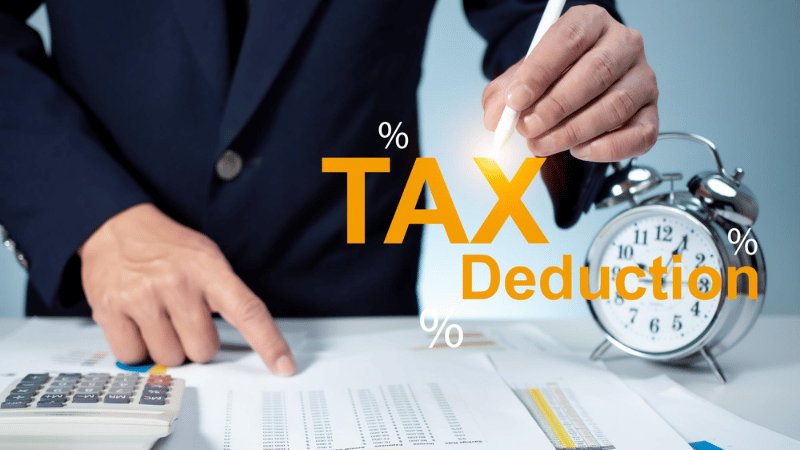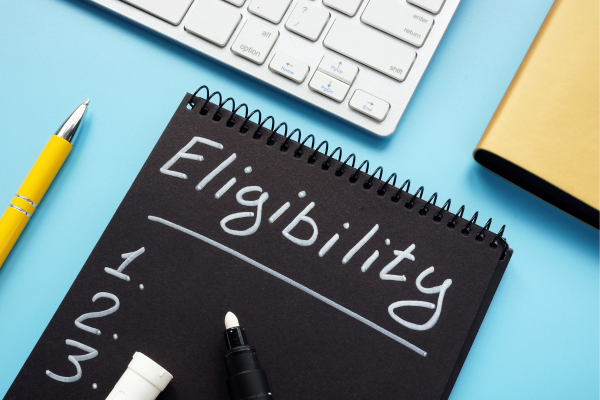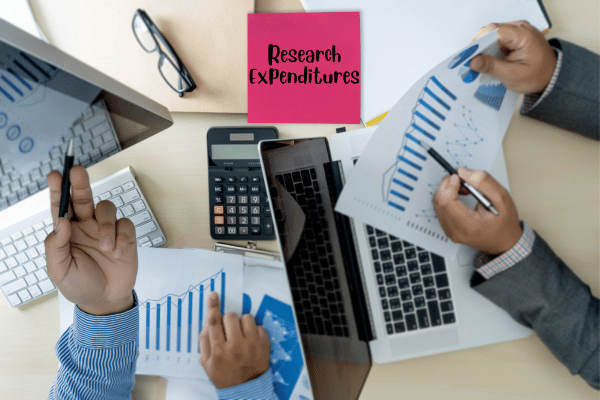Connecticut R&D Tax Credit: Everything You Need to Know

Does the state of Connecticut offer qualified businesses a Research and Development Tax Credit (R&D Tax Credit)? We’ll discuss what kinds of companies can claim this tax benefit and how they can make the most of it. This will help companies ensure compliance with all the rules and submit the proper documentation to support their claim.
What are Connecticut R&D Tax Credits?

Connecticut provides R&D Tax Credits to C-corporations. The state refers to the two R&D tax credits as the Research and Experimental (Incremental) Expenditures Credit (RC Credit) and the Research and Development (Non-incremental) Expenditures Credit (RDC Credit).
The RC Credit is equivalent to 20% of the amount spent by the corporation directly on research and experimental expenditures over the amount spent on such expenses incurred in the previous tax year. A Qualified Small Business or QSB that cannot take this tax credit in an income year in which it could otherwise be taken because it has no tax liability may exchange the credits for a refundable amount equal to 65% of the value of the tax credit.
Application for the RC Credit must be made before the due date or extended due date of the return. Companies that fill for this credit must include the following in their application:
- A complete description of the nature of the research projects conducted by the company during the income year and the location(s) where the research is conducted;
- A complete description of the methods used to obtain the amount spent directly on research and experimental expenditures conducted in Connecticut;
- A detailed description of each source of information used to complete the tax credit, including the methods and calculations of expense allocation, if any, and
- The research expenditures include the job title and detailed description of each employee whose wages are included.
Meanwhile, the RDC Credit is also based on the amount of qualified R&D expenditures in Connecticut and may be refundable for certain QSBs. For a QSB, the credit equals 6% of its qualified R&D expenditures. For other qualified businesses, the RDC Credit is equal to:
- 1% of expenses ($50 million or less)
- $500,000 plus 2% of the excess over $50 million (if over $50 million but not over $100 million);
- $1.5 million plus 4% of the excess over $100 million (if over $100 million but not over $200 million); or
- $5.5 million plus 6% of the excess over $200 million.
- Depending on which calculation provides the higher credit amount, companies headquartered in an Enterprise Zone (EZ) with revenues over $3 billion and employing more than 2,500 employees shall multiply their R&D expenses by 3.5% instead of using the above calculation methods.
Does Connecticut have an R&D credit?
Yes, Connecticut offers C corporations the opportunity to claim both incremental AND non-incremental Research and Development Tax Credits for R&D expenses paid or incurred by the corporation within the state. The definition of qualified research expenses for both credits is expenses that may be deducted under IRC § 174 and essential research payments defined under IRC § 41.
Types of R&D Tax Credits in Connecticut
Connecticut has two types of R&D tax credits: Incremental and Non-Incremental.
The incremental tax credit equals 20% of the incremental increase in R&D expenses in Connecticut. Depending on the tax year, this credit can reduce up to 70% of the corporation’s business tax liability. This credit may be carried forward up to 15 years. Moreover, it is partially refundable for taxpayers whose gross income does not exceed $70 million AND have no tax liability.
Meanwhile, a qualified small business can claim a non-incremental tax credit of up to 6% of the current year’s R&D expenses, dependent on gross receipts. For tax years beginning on or after January 1, 2021, any unused credits can be carried forward up to 15 years. Prior years can carry forward for an unlimited period.
Depending on the tax year, this credit can reduce up to 70% of the corporation’s business tax liability. Moreover, it is partially refundable for taxpayers whose gross income does not exceed $70 million AND have no tax liability.
Eligibility Criteria for Connecticut Businesses

In general, taxpayers are eligible for the R&D Tax Credit if they are a C corporation and have QREs as defined by IRC § 174 and IRC §41 in Connecticut during the tax period. A tax credit may be applied against the tax imposed for an incremental increase in research and experimental expenditures or for non-incremental research and development expenses incurred in Connecticut.
Four-Part Test for Qualifying Activities
Technological in Nature
To qualify for research credits, the activity should fundamentally rely on principles of physical sciences, biological sciences, computer science, or engineering and scientific methods. This requires the use of technology or engineering in a field of science.
Moreover, it aims to develop or improve a product, process, or software’s functionality, performance, reliability, or quality. Examples include developing new materials, improving manufacturing processes, or enhancing software functionality.
Permitted Purposes
The activity must relate to a new or improved business component’s function, performance, reliability, quality, or composition. It should intend to develop a new or improved product, process, or software. Moreover, it ensures that the research is not conducted for non-commercial purposes, such as social science or arts-related endeavors.
Elimination of Uncertainty
The activity must be intended to discover information to eliminate uncertainty concerning a particular method or capability for developing or improving a product or process. Uncertainty exists if the capability, method, or design of the product, process, or software is uncertain or not readily known.
Process of Experimentation
The activity must constitute the process of experimentation involving simulation, evaluation of alternatives, confirmation of hypotheses through trial and error, testing and modeling, or refining or discarding of hypotheses. It should involve a systematic process designed to evaluate one or more alternatives and include testing hypotheses, modeling, prototyping, and iterative analysis. It also needs to identify uncertainties and test potential solutions to resolve them.
Carrying Forward the Connecticut R&D Tax Credit
In Connecticut, both incremental and non-incremental tax credits can be carried forward. The incremental tax credit may be carried forward for up to 15 years. For tax years beginning on or after January 1, 2021, any unused credits can be carried forward up to 15 years. Prior years can carry forward for an unlimited period.
Qualifying Connecticut Research Expenditures

Generally, the R&D tax credit covers two categories of qualified research expenses: in-house and contract research expenses. In-house research expenses include wages paid to employees for any qualifying activities performed, supplies purchased to conduct qualified research, and contract research expenses paid to conduct qualified research.
To clarify, only wages, including all taxable wages reported on an employee’s W-2 Form, can be declared qualifying research expenditures. In addition, it should be highlighted that only employees involved in qualified research activities or directly supporting these initiatives are qualified.
Any tangible property bought to conduct qualified research can be considered a supply for this tax credit. For example, a Connecticut firm working to improve a product’s quality may declare the materials used for that project as supply expenses.
Contract research expenses are when a business performs qualified research on behalf of the taxpayer. In this case, 65% of the amount paid to the non-employee can be considered a qualified expense.
How to Claim Connecticut R&D Tax Credits
Companies must file IRS Form 6765, Credit for Increasing Research Activities, for this tax benefit. This process includes identifying qualifying research activities and providing documentation proving these costs meet the Internal Revenue Code Section 41 requirements. Companies may use business records, financial records, oral testimonies, and technical documents.
Before you complete this Form, you should familiarize yourself with the instructions mandated by the IRS. The PDF version of this Form can be easily downloaded from the IRS website.
In general, the IRS Form 6765 has four sections:
- Section A is used to claim the regular credit and contains 11 lines of required information.
- Section B applies to the Alternative Simplified Credit or ASC.
- Section C identifies additional forms and schedules that require reporting based on one’s business structure.
- Section D only applies to qualified small businesses or QSBs making a payroll tax election.
The IRS recommends that companies calculate their credit using both regular and simplified credit methods, and then they fill out the section (A or B) that would result in the greatest tax benefit.
Maximizing the Benefits of the Connecticut R&D Tax Credit
If your business intends to make the most of this credit, you need to take note of the following:
- Strategic planning for R&D activities: Your company should conduct Connecticut-qualified research to claim more extensive tax claims.
- Identify all qualifying expenses: Check average Connecticut-qualified research. This will help you determine which expenses can be used for this credit.
- Choose the most advantageous calculation method: Determine which method is most beneficial for your business.
- Stay informed about updates to the credit: Update yourself on the latest regulations for future reference.
- Reinvest tax savings into further R&D efforts: Your company should utilize the funds obtained from this credit to innovate more.
Next Steps
Qualified businesses should maximize this tax credit refund. That’s why you need experts in experimental expenditures tax credits and expenses tax credits to maximize this benefit. If you don’t know which research and development expenses qualify for this tax credit, seek an expert today.
FAQs
Is Connecticut PTE tax mandatory?
No, this has become optional starting January 1, 2024.
Can I Carryback the Connecticut R&D Tax Credits?
No carryback is allowed, but this tax credit can be carried forward for up to 15 years.